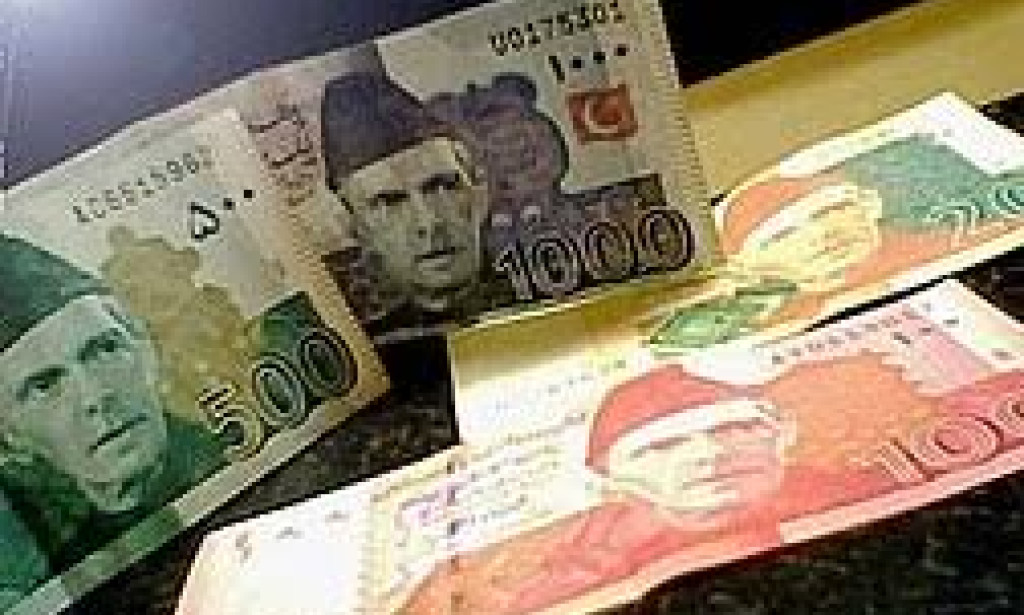Pakistani Rupee: History, Value, and Economic Impact
The Pakistani Rupee (PKR) is the official currency of Pakistan, issued and regulated by the State Bank of Pakistan (SBP). Represented by the symbol ₨, it plays a crucial role in the country’s economy, trade, and daily financial transactions.
History of the Pakistani Rupee
The Pakistani Rupee was introduced in 1947 after the country gained independence from British India. Initially, Pakistan continued using Indian currency with a special stamp until 1948, when the first official Pakistani banknotes were issued by the Government of Pakistan. These notes were printed in the United Kingdom and later replaced by currency printed in Pakistan.
Over the decades, the Pakistani Rupee has undergone significant changes, with multiple designs, security features, and denominations introduced to combat counterfeiting and ensure economic stability.

Denominations and Features
Pakistani Rupee banknotes are available in denominations of Rs. 10, Rs. 20, Rs. 50, Rs. 100, Rs. 500, Rs. 1,000, and Rs. 5,000. Each banknote features a portrait of Muhammad Ali Jinnah, the founder of Pakistan, and showcases cultural, historical, and economic aspects of the country. The coins, on the other hand, are available in smaller values, such as Rs. 1, Rs. 2, Rs. 5, and Rs. 10.
Modern banknotes have security features like watermarks, color-shifting ink, microprinting, and UV-sensitive elements to prevent counterfeiting
Exchange Rate and Value Fluctuations
The value of the Pakistani Rupee fluctuates due to economic policies, inflation, trade deficits, and global currency trends. Over the years, the Rupee has depreciated against major foreign currencies like the US Dollar (USD), Euro (EUR), and British Pound (GBP), mainly due to economic instability, rising imports, and external debt.
As of recent years, the exchange rate of 1 USD to PKR has crossed Rs. 250-300, making imports more expensive and increasing inflation. However, a weaker rupee can benefit exporters, as Pakistani goods become cheaper in international markets.

Economic Impact and Challenges
The Pakistani Rupee’s value has a direct impact on the country's inflation rate, foreign investments, and overall economic stability. A strong Rupee leads to lower import costs, making essential goods like fuel and food cheaper. However, a depreciating Rupee results in higher prices, putting pressure on consumers and businesses.
Some major challenges affecting the Pakistani Rupee include:
1. Trade Deficit – Pakistan imports more than it exports, leading to a shortage of foreign reserves.
2. Inflation – Rising inflation decreases the purchasing power of the Rupee.
3. External Debt – Loans from the IMF, World Bank, and other lenders increase financial burdens.
4. Political Instability – Economic policies shift with changing governments, affecting investor confidence
 .
.
Future Outlook
To stabilize the Pakistani Rupee, strong economic policies, increased exports, foreign investment, and financial discipline are needed. Encouraging local production, reducing reliance on imports, and controlling inflation can help strengthen the currency and support economic growth.
the Pakistani Rupee is a crucial part of the nation's economy, reflecting both its challenges and opportunities. With the right policies and economic stability, Pakistan can strengthen its currency and improve its financial future.




You must be logged in to post a comment.